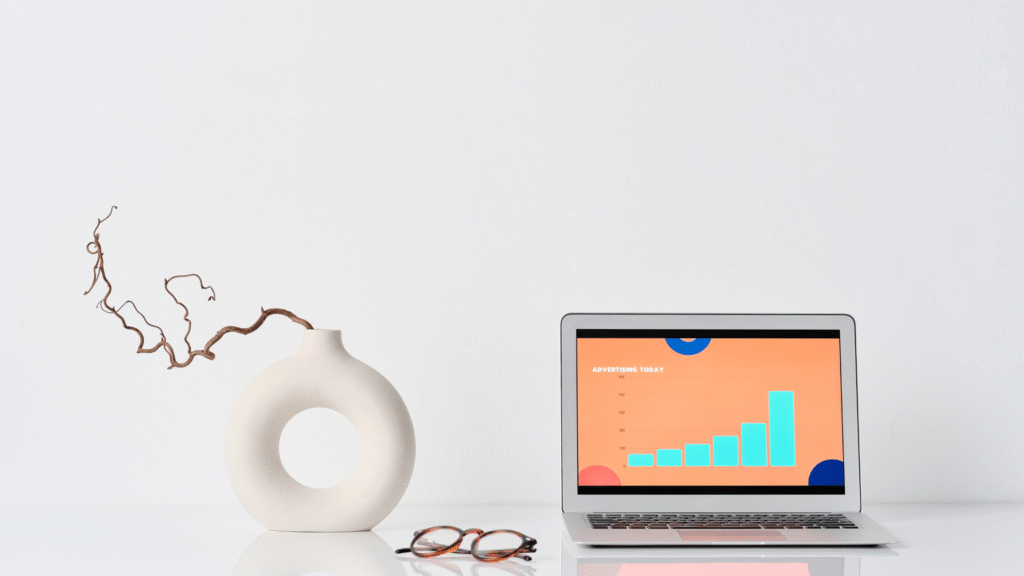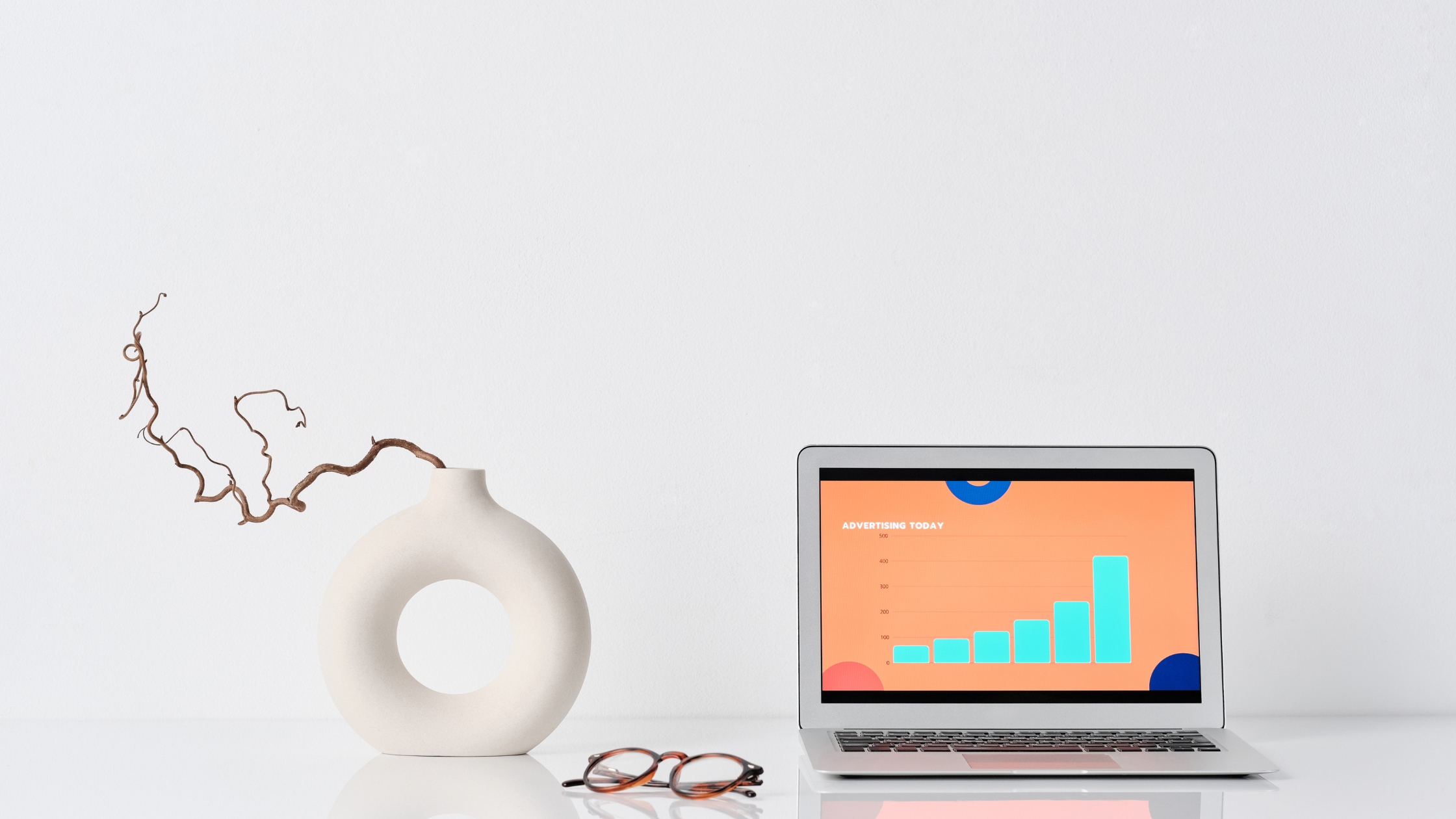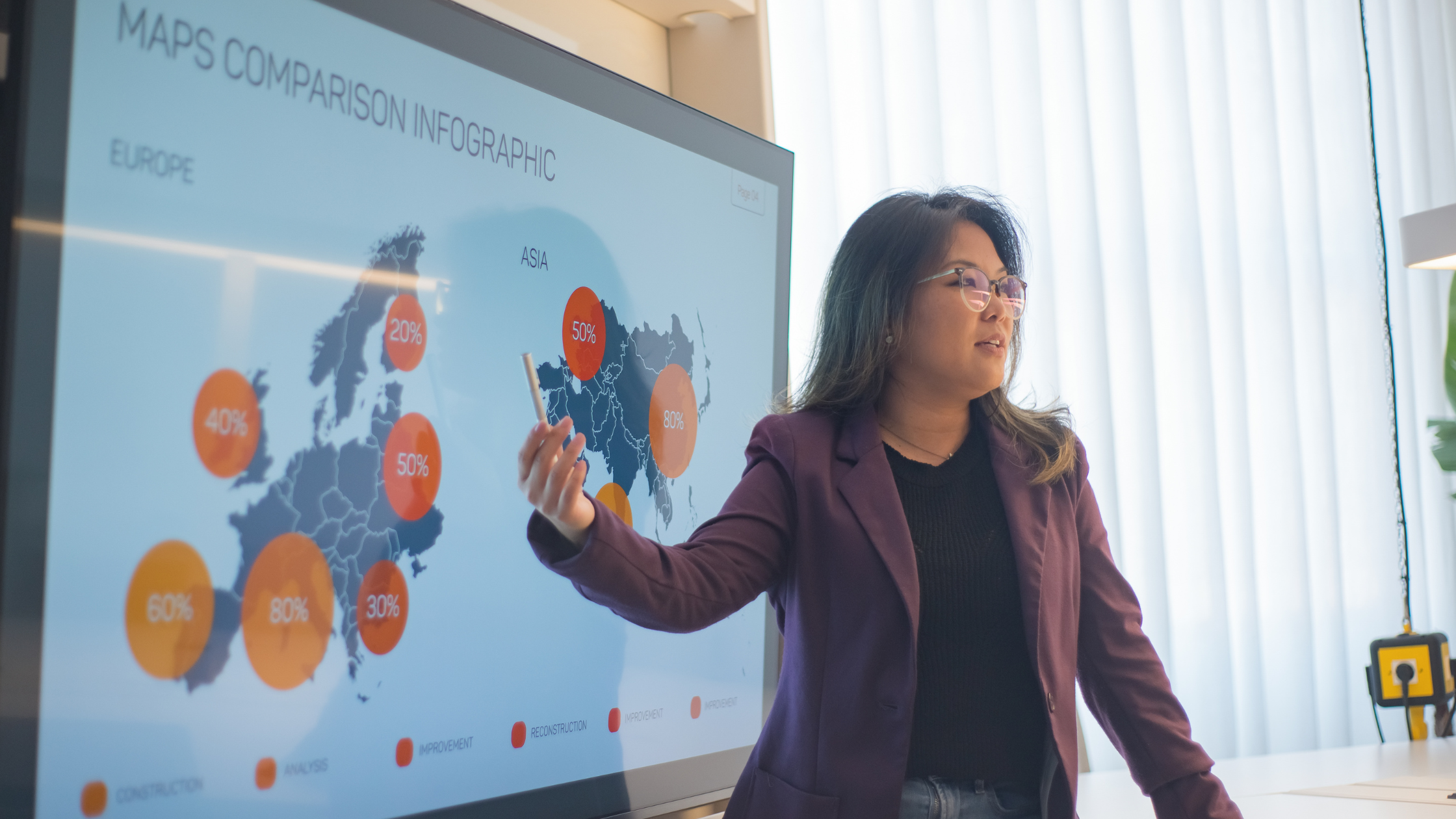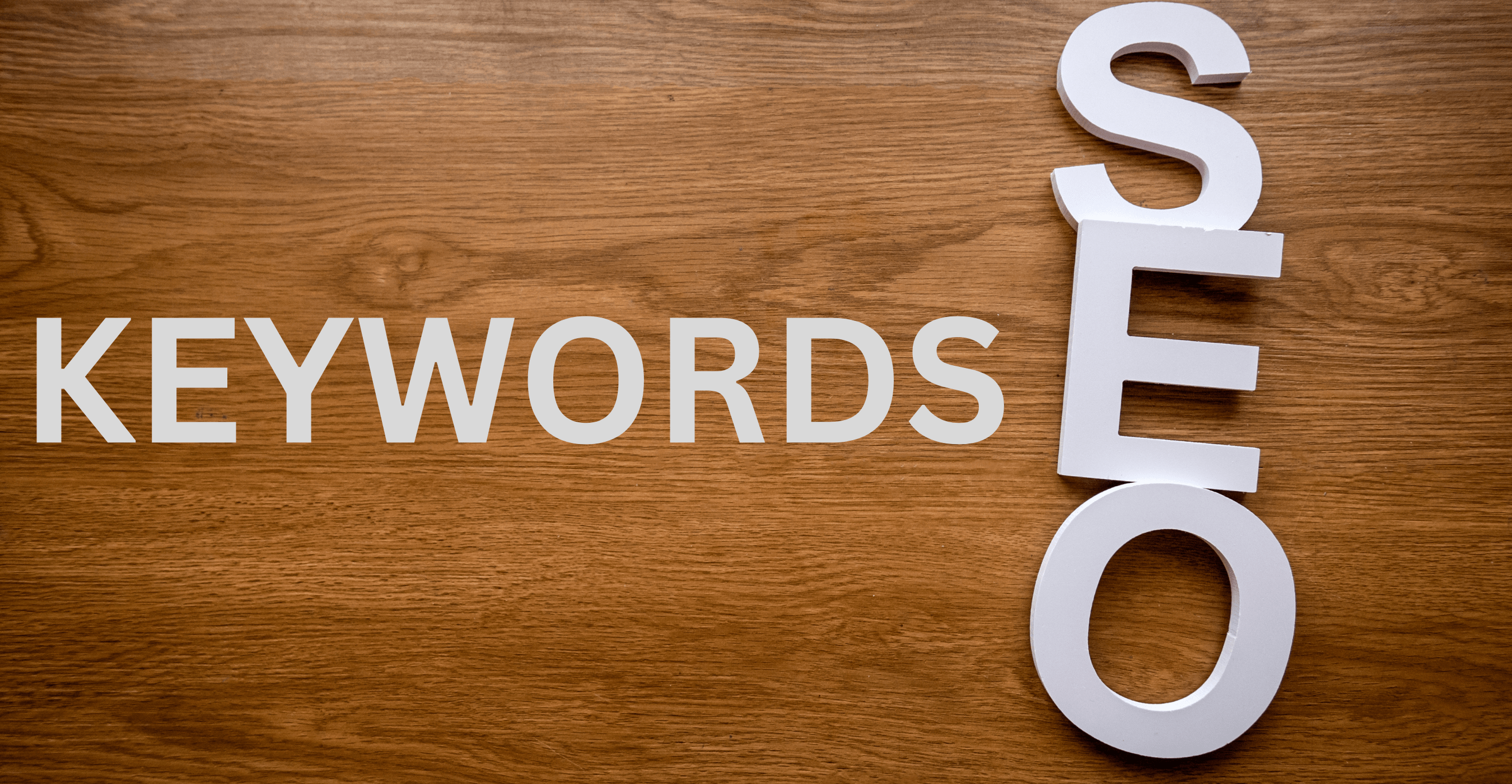As we move further into 2025, one thing is clear — customer acquisition is no longer just about running ads and hoping for clicks. It’s about intelligent personalization, omnichannel experiences, ethical data use, and predictive performance marketing. The playbook has evolved, and brands that don’t adapt risk being left behind.
In this deep dive, we explore the key trends reshaping customer acquisition and performance marketing in 2025, backed by data, insights, and action points you can implement right away.
The New Customer Acquisition Landscape
The world of customer acquisition has changed fundamentally. In 2025, it’s shaped by:
AI-powered personalization: Customers now expect brands to know them, not just sell to them.
Privacy-first digital marketing: As cookies crumble and regulations tighten, trust becomes a core marketing currency.
Omnichannel integration: Single-channel strategies no longer cut it; the customer journey is fluid and non-linear.
With over 78% of CMOs reporting they’ve restructured their marketing strategies around these new pillars (Source: Gartner, 2025), businesses are making bold moves to stay competitive.
Hyper-Personalization with AI: The New Normal
Welcome to the age of intelligent marketing. Artificial intelligence isn’t just a buzzword anymore — it’s the engine behind hyper-personalization at scale.
How It Works:
AI and machine learning collect behavioral, demographic, and contextual data to tailor:
Product recommendations
Email subject lines
Website experiences
Ad creatives and timing
Platforms like Dynamic Yield and Bloomreach are already enabling brands to tweak experiences in real-time.
The Numbers:
- Personalized emails generate 6x higher transaction rates (Experian, 2025).
91% of consumers say they’re more likely to shop with brands that provide relevant offers and recommendations.
Pro Tip:
If you’re still segmenting based on basic demographics, it’s time to upgrade. Start integrating predictive personalization models that anticipate needs, not just react to clicks.
Omnichannel Experiences: Unified and Seamless
Customers today might discover you on Instagram, browse your website, add a product to cart on their mobile, and finally complete a purchase via desktop — all in the same day.
What’s Driving Omnichannel in 2025?
- Customer expectation: 85% of shoppers expect seamless experiences across channels (Accenture, 2025).
Retail-tech advancements: Smart in-store tech and digital POS systems are connected to online profiles.
CRM evolution: Tools like HubSpot, Klaviyo, and Salesforce now sync customer behavior across multiple touchpoints.
Brand Example:
Nike’s “One Nike” strategy integrates its app, retail stores, and e-commerce into a unified ecosystem, resulting in a 32% increase in customer lifetime value year-on-year.
Performance Marketing Gets Smarter with Data & Automation
Gone are the days of blind ad spending. Performance marketing in 2025 is smart, adaptive, and ruthlessly efficient.
Key Trends:
- AI-led bidding strategies: Platforms like Google Ads and Meta use machine learning to optimize budget allocation in real-time.
Attribution 3.0: Advanced multi-touch attribution provides insights into which touchpoints actually convert.
Predictive analytics: Tools now forecast not just cost per lead, but lifetime value and likelihood of churn.
Waste Reduction:
According to a recent eMarketer report, brands using AI for campaign management reduce ad spend waste by up to 32%.
Tool Spotlight:
- Triple Whale for eCommerce performance tracking
Northbeam for media mix modeling
Madgicx for AI ad optimization
Influencer & Social Commerce Surge
2025 is the year micro-influencers and social shopping go mainstream.
Why It Works:
- Micro-influencers (1k–100k followers) drive 60% higher engagement than macro counterparts.
Shoppable posts and live-stream commerce on platforms like Instagram, TikTok, and Pinterest drastically reduce the path to purchase.
Real Impact:
- TikTok’s new affiliate tools allow creators to monetize directly through product links.
Instagram’s native checkout features see 50% faster conversions compared to traditional web-based journeys.
Strategy Tip:
Work with influencers who match your brand DNA. Authenticity beats follower count every single time.
Privacy & Trust Matter More Than Ever
Customer trust is now a competitive advantage. In 2025, consumers are acutely aware of how their data is used — and they’re not afraid to walk away from brands that get it wrong.
Major Shifts:
- End of third-party cookies: Google has finally phased them out.
Stricter regulations: GDPR, CCPA, and new acts like India’s DPDP Act now enforce global standards.
Zero-party data: Customers voluntarily sharing data in exchange for personalized experiences.
Strategic Advice:
- Be transparent. Clearly state what data you collect and why.
Use consent-based marketing tools like OneTrust, Cookiebot, or Ketch.
Build trust-first campaigns — authenticity > tracking hacks.
Voice Search & Conversational AI: The Invisible Frontline
By 2025, voice search commands over 50% of all online queries (Statista), and smart marketers are optimizing accordingly.
Why This Matters:
- Search is no longer typed — it’s spoken. That means keyword strategies must become more conversational.
AI-powered chatbots and voice assistants now handle up to 70% of customer queries in real time.
Key Platforms:
- Google Assistant SEO
ChatGPT integrations for conversational eCommerce
Voice commerce tools like Jetson AI
Tip:
Start incorporating long-tail, natural language keywords in content and product listings to stay voice-search friendly.
Retention as Acquisition: A Hidden Growth Engine
Here’s a truth many overlook — it costs 5x more to acquire a new customer than to retain one. In 2025, smart brands treat retention as acquisition.
Retention Strategies That Work:
- Loyalty programs with dynamic rewards
Referral programs tied to exclusive perks
Proactive customer service via chat and email flows
Real-Time Example:
Brands like Glossier and Blinkit have turned loyal users into ambassadors, generating over 30% of new acquisitions via referrals.
Metrics to Track:
- Customer Lifetime Value (CLV)
Net Promoter Score (NPS)
Repeat Purchase Rate
Key Takeaways & Action Plan for 2025
The customer acquisition funnel of 2025 isn’t linear. It’s fluid, tech-driven, and highly reliant on data, empathy, and adaptability.
TL;DR — What You Need to Do:
- Embrace AI for personalization and predictive analytics
Optimize for omnichannel and conversational interfaces
Double down on privacy-first marketing and transparent data use
Leverage micro-influencers and shoppable social commerce
Reframe retention as your most powerful acquisition tool
Ready to Win 2025? Let’s Talk.
Now it’s your turn — what trends are you seeing in your industry? Are you leveraging AI, voice search, or retention marketing in bold new ways?
Drop your insights in the comments — or if you’re looking to upgrade your acquisition strategy for 2025, let’s connect.
📩 Book a free consultation with our performance marketing experts at TIMSOTS and let’s build your future-ready growth engine.




